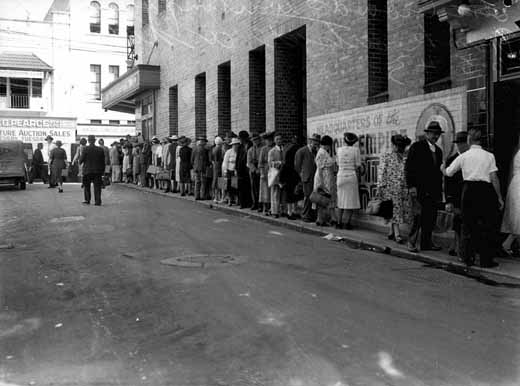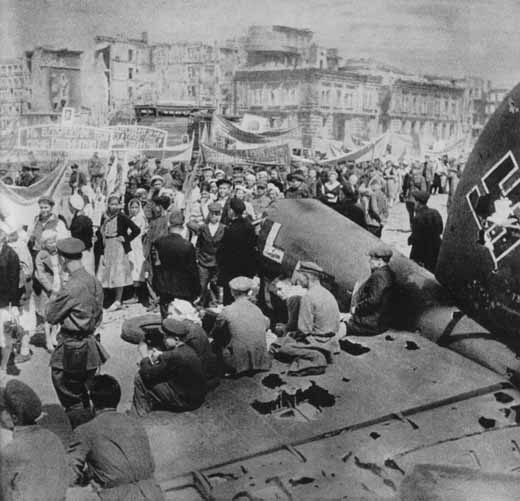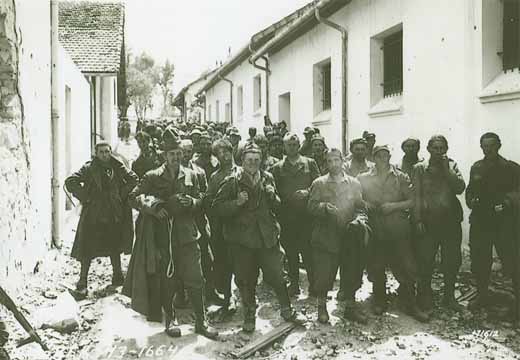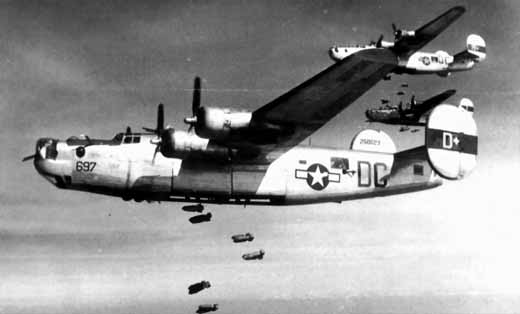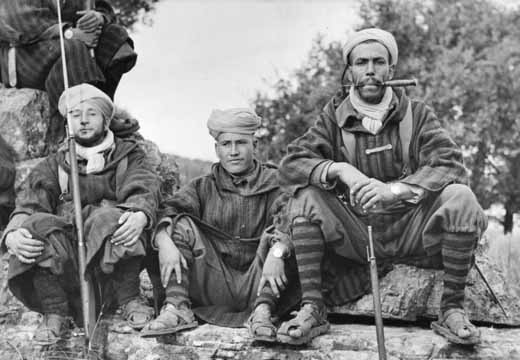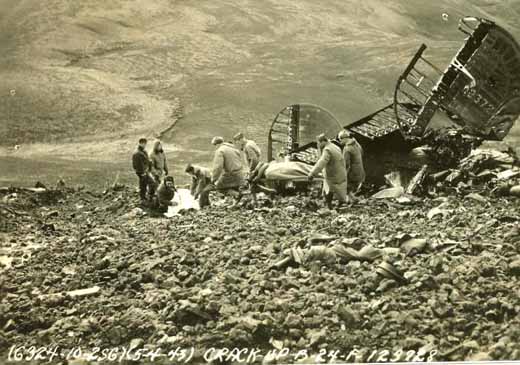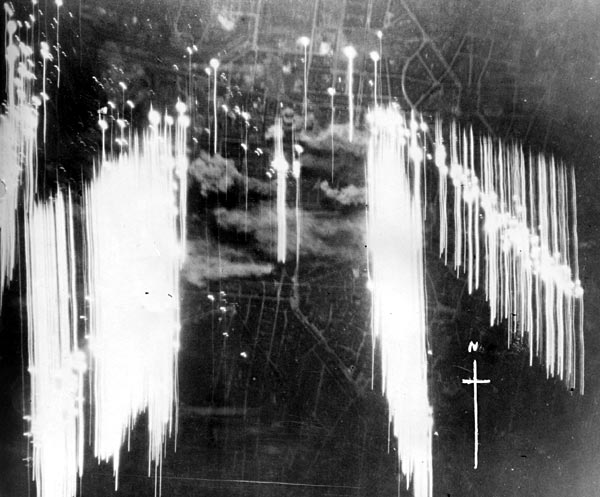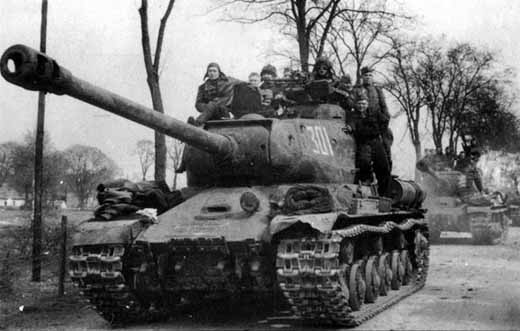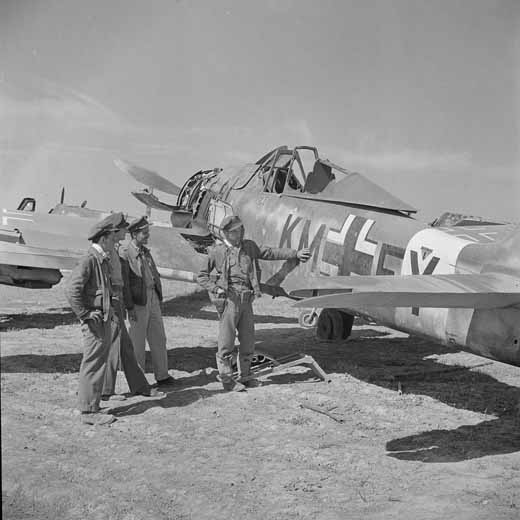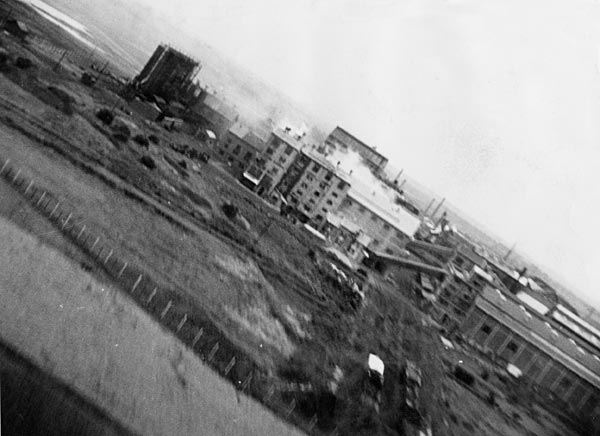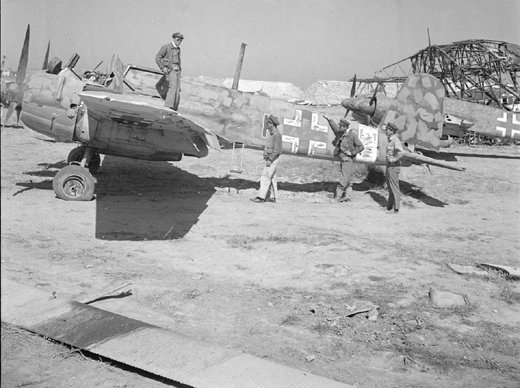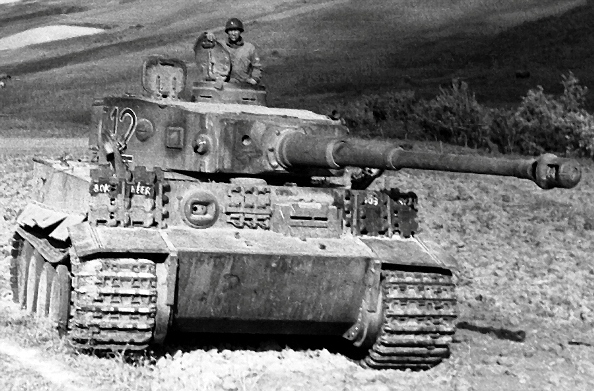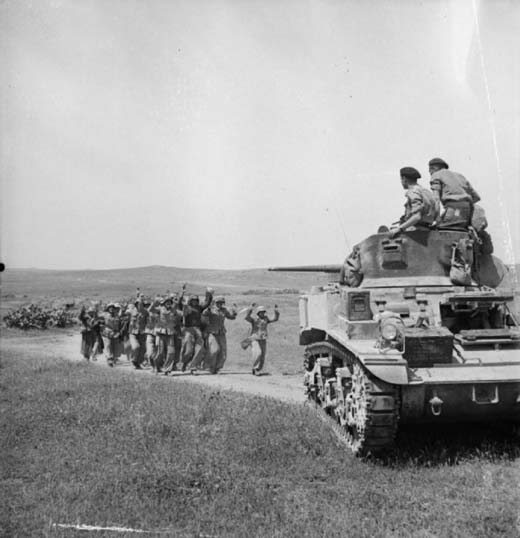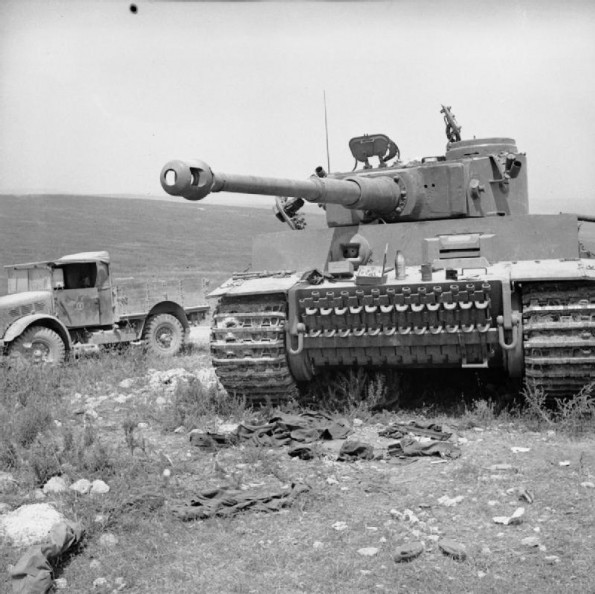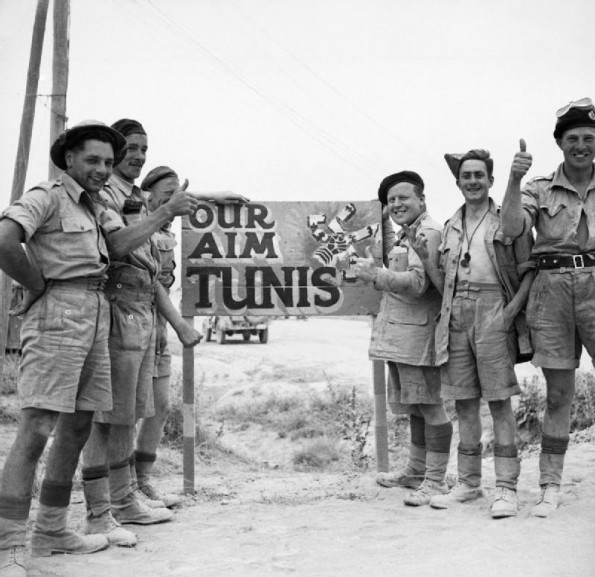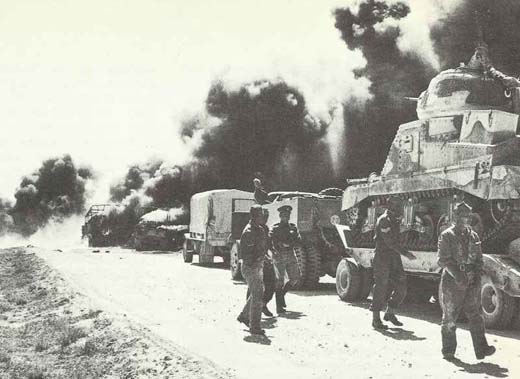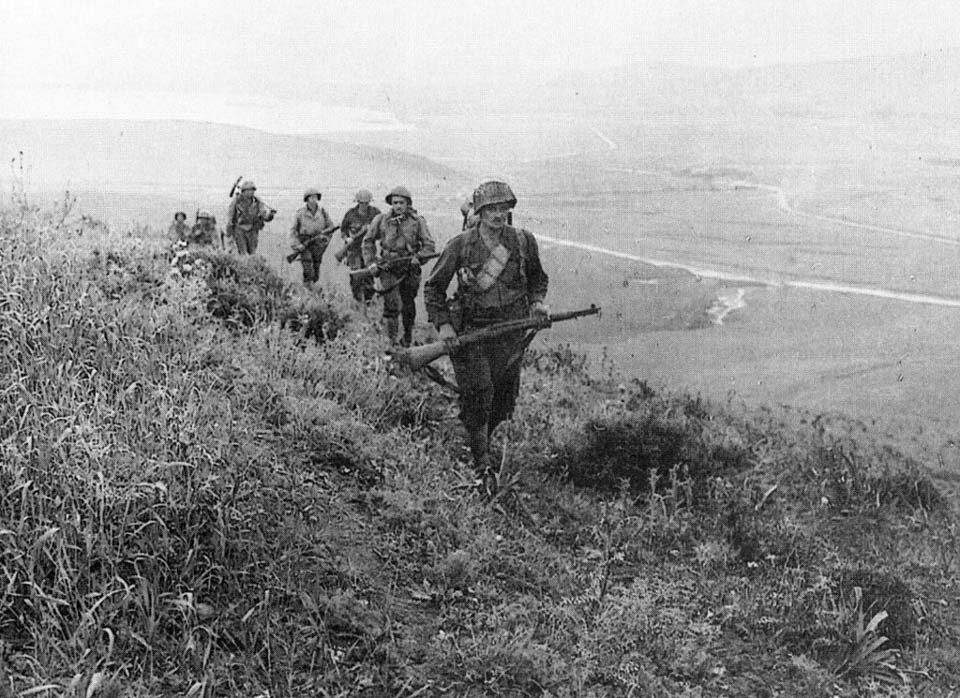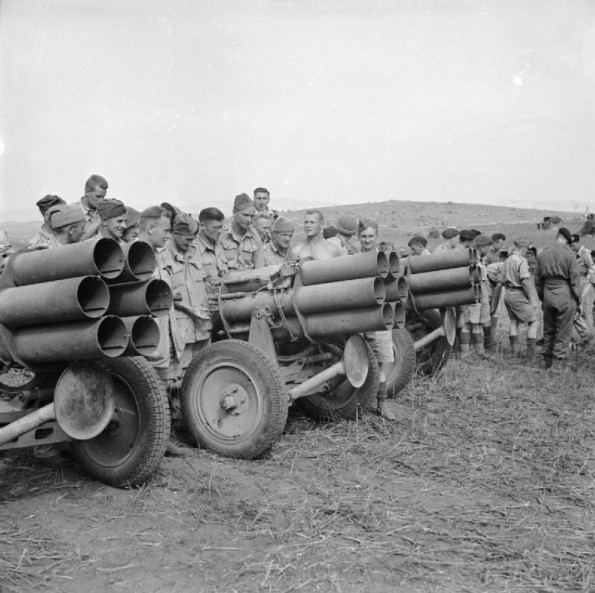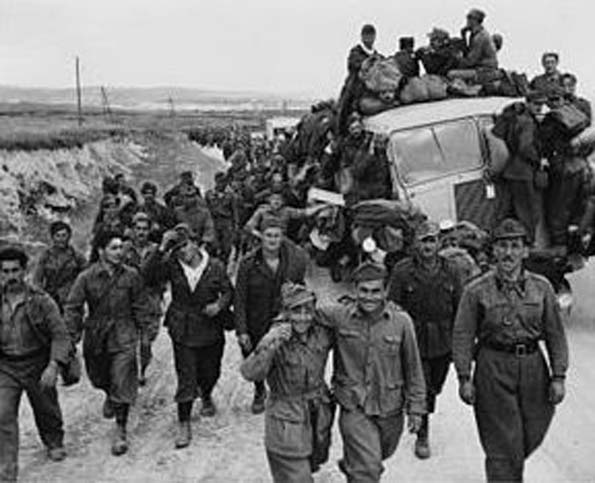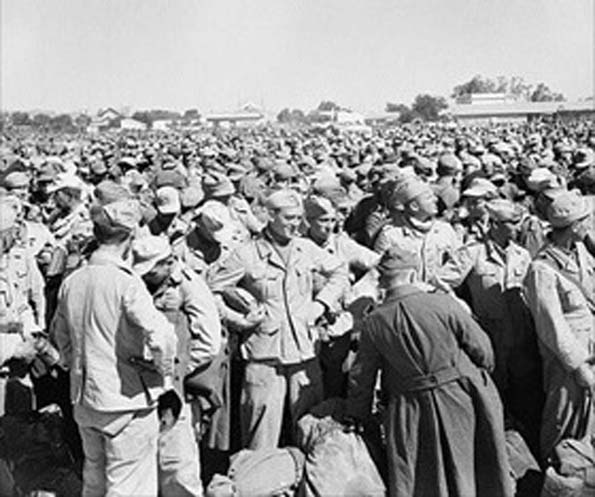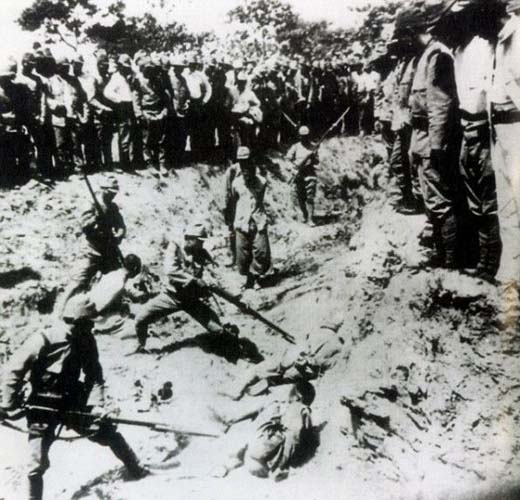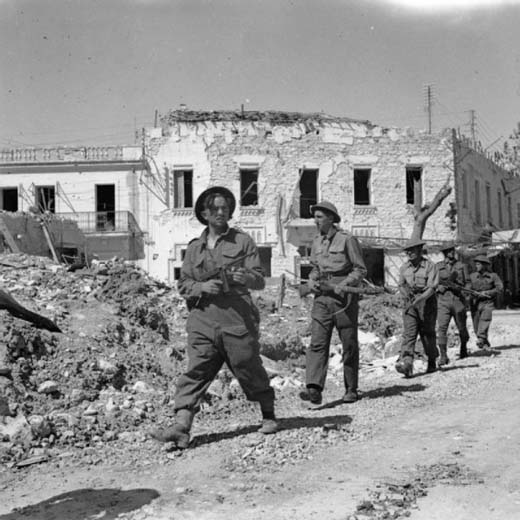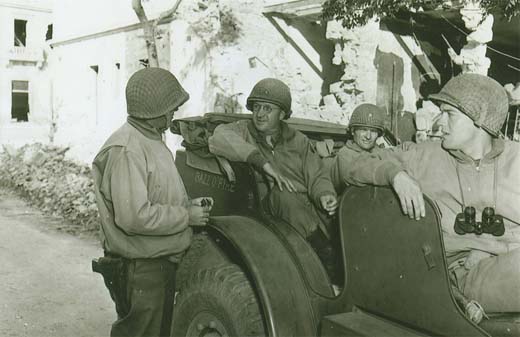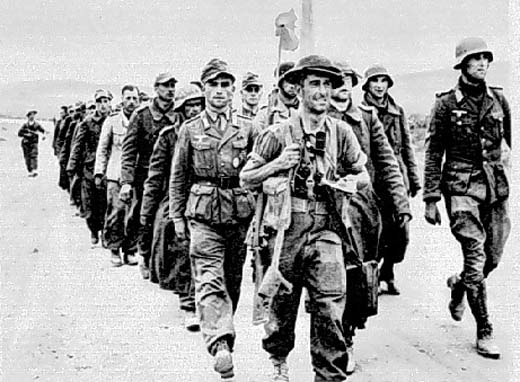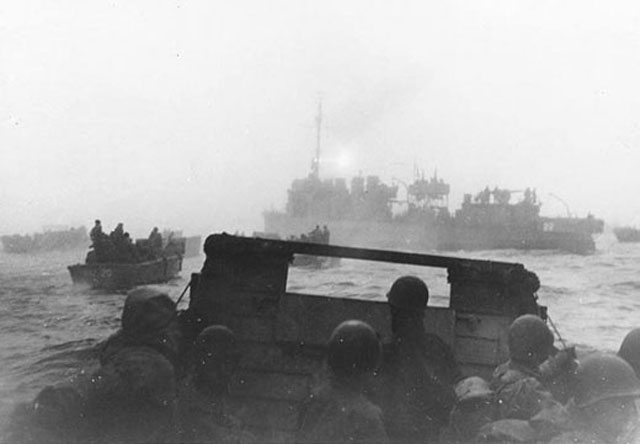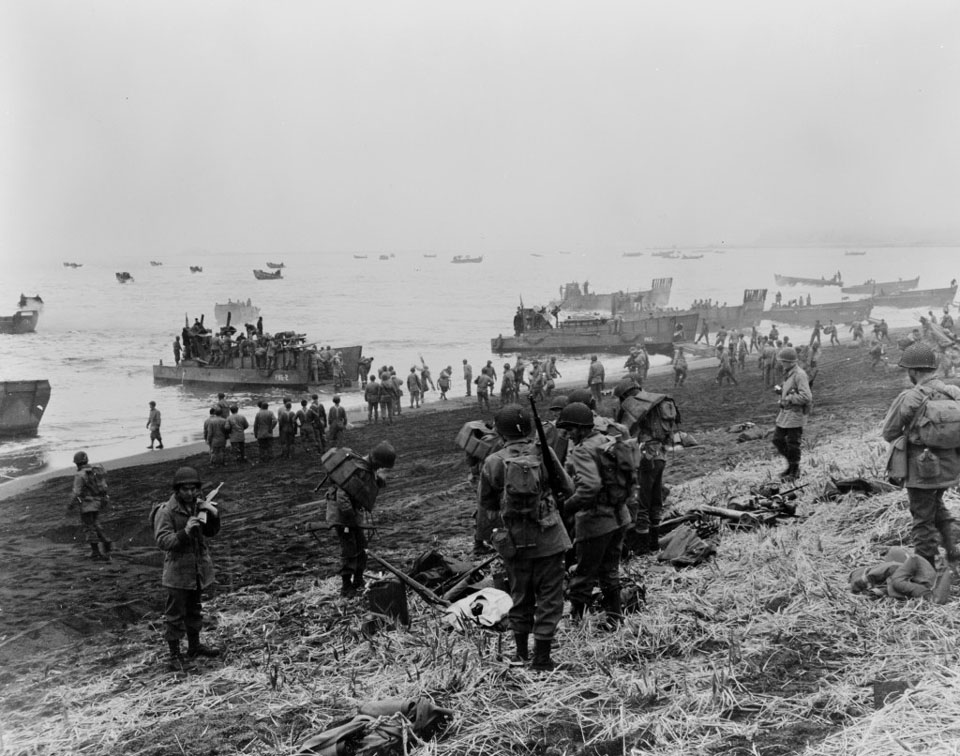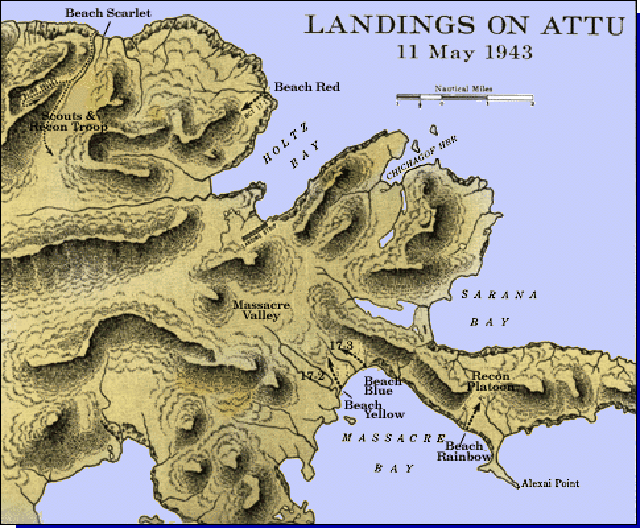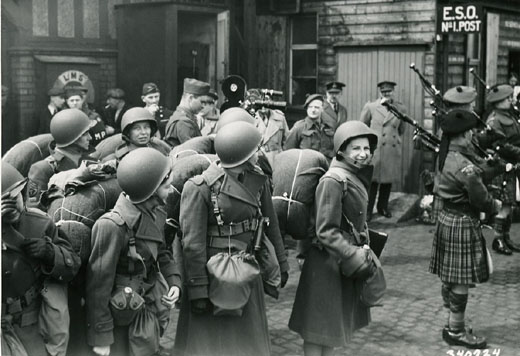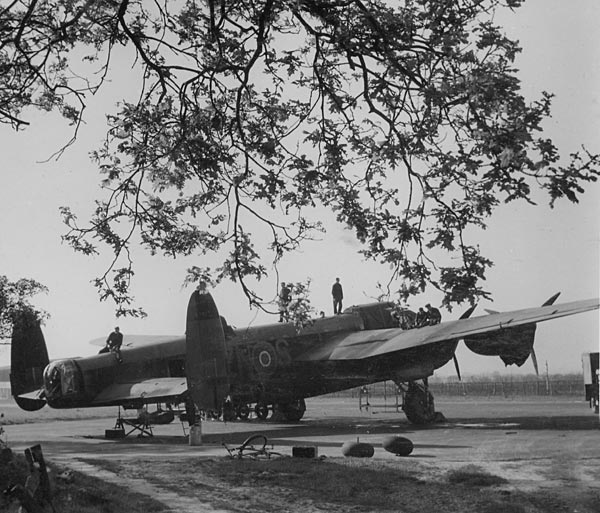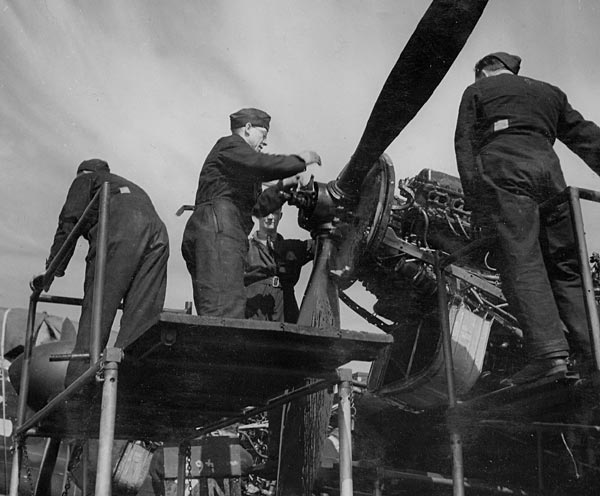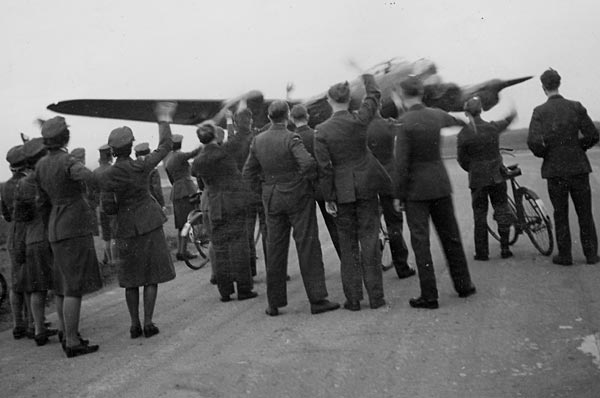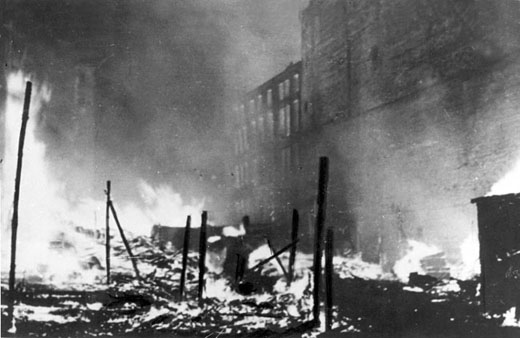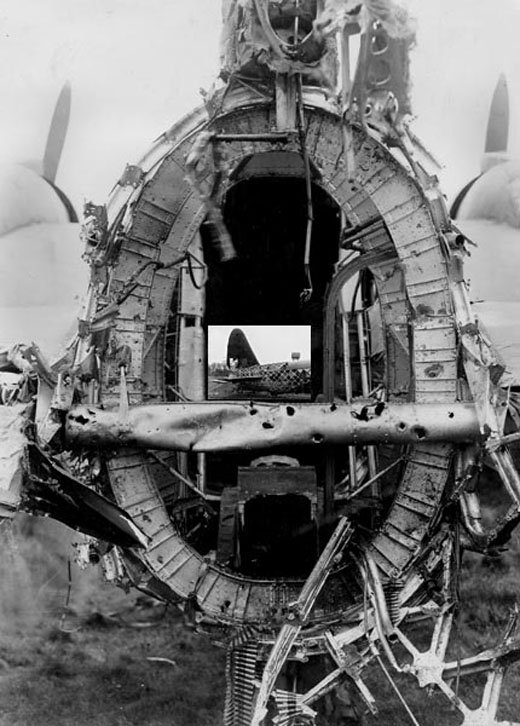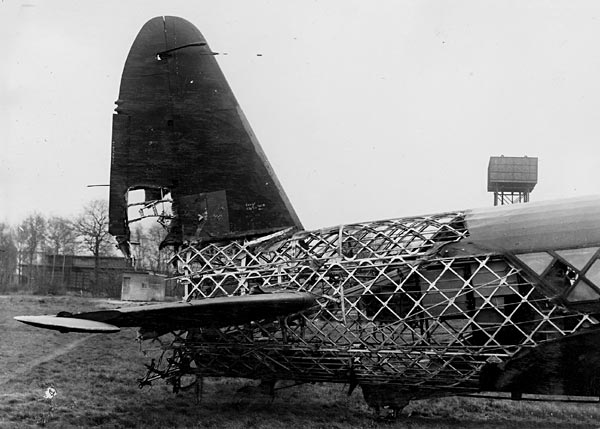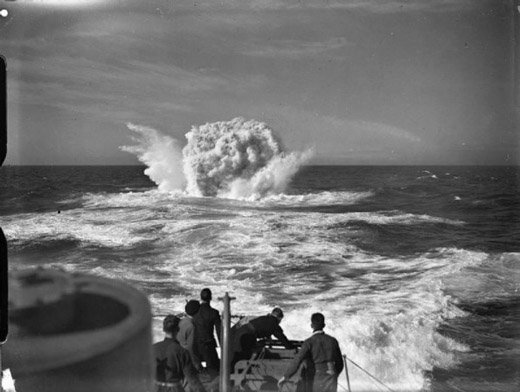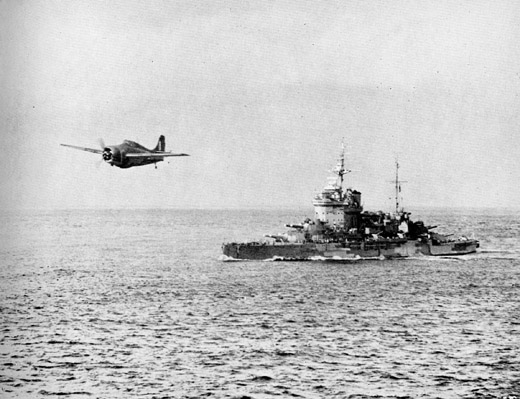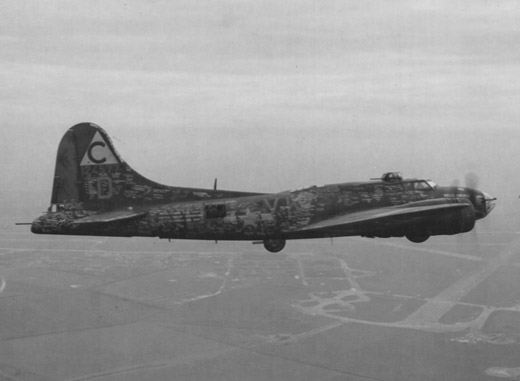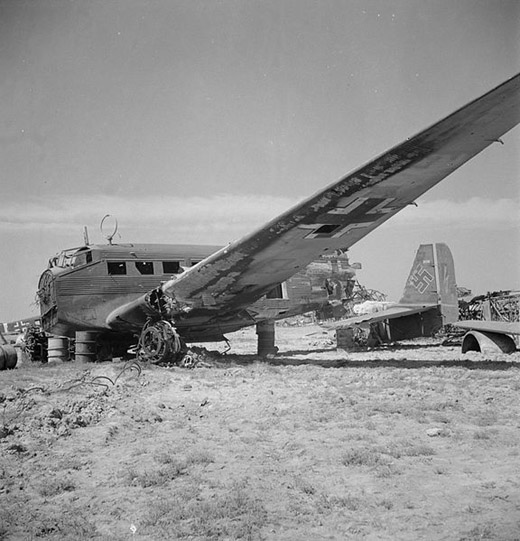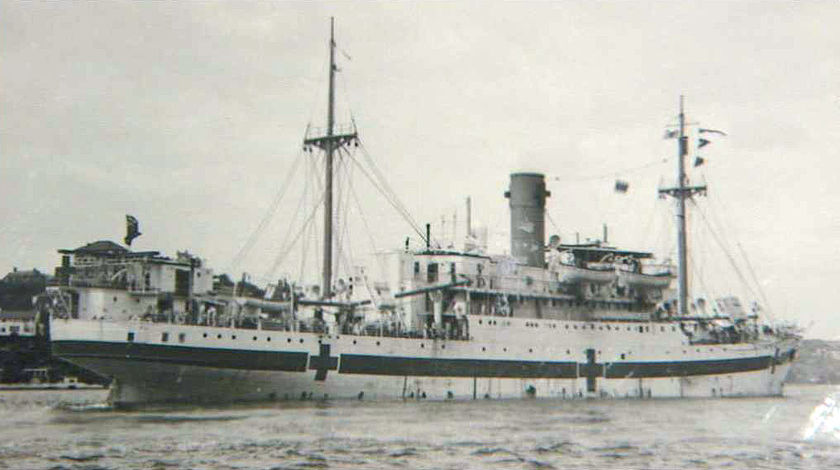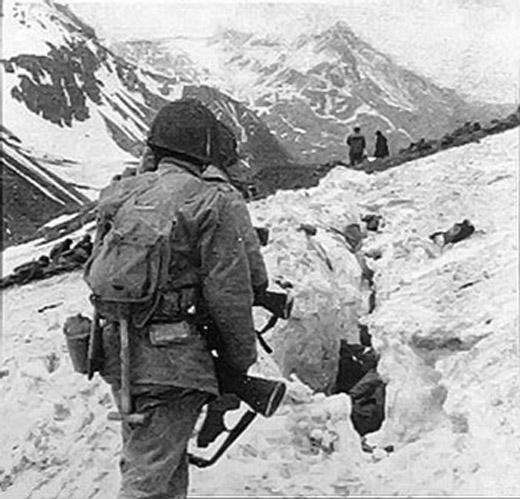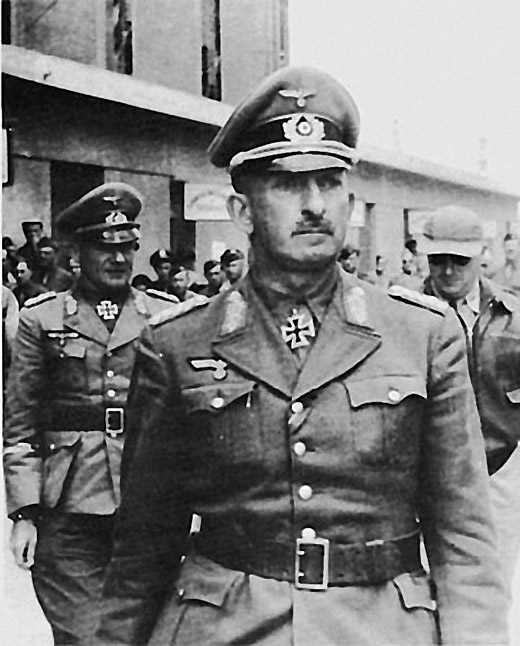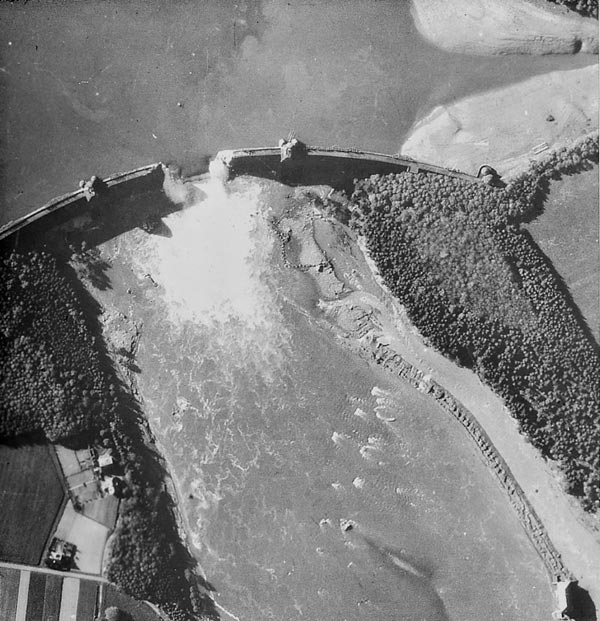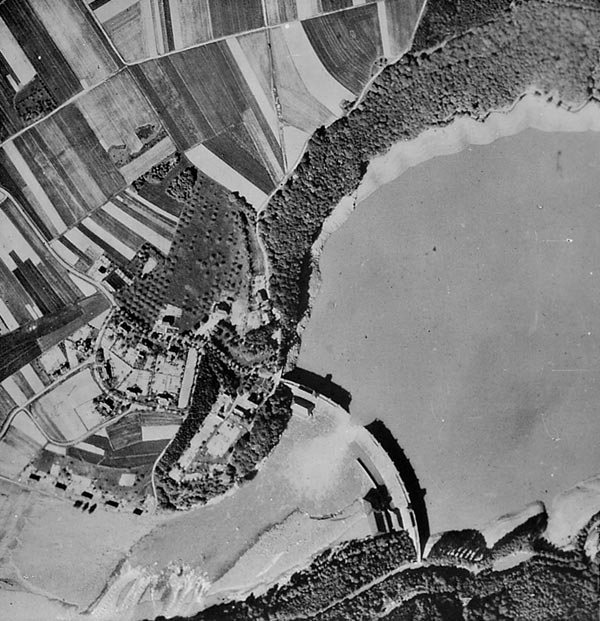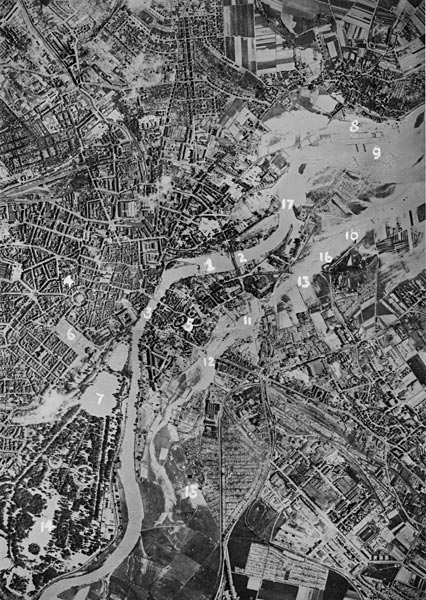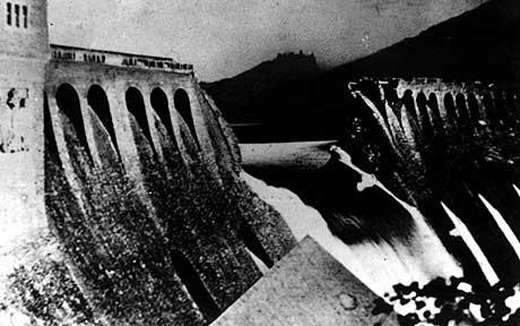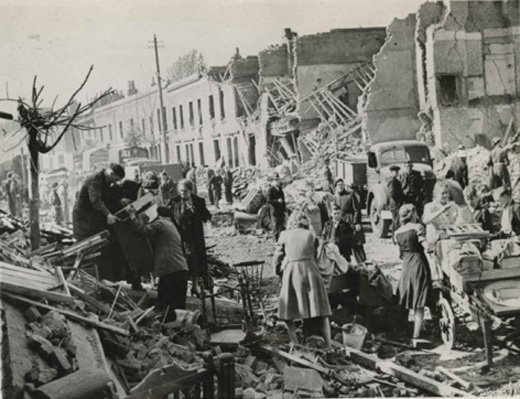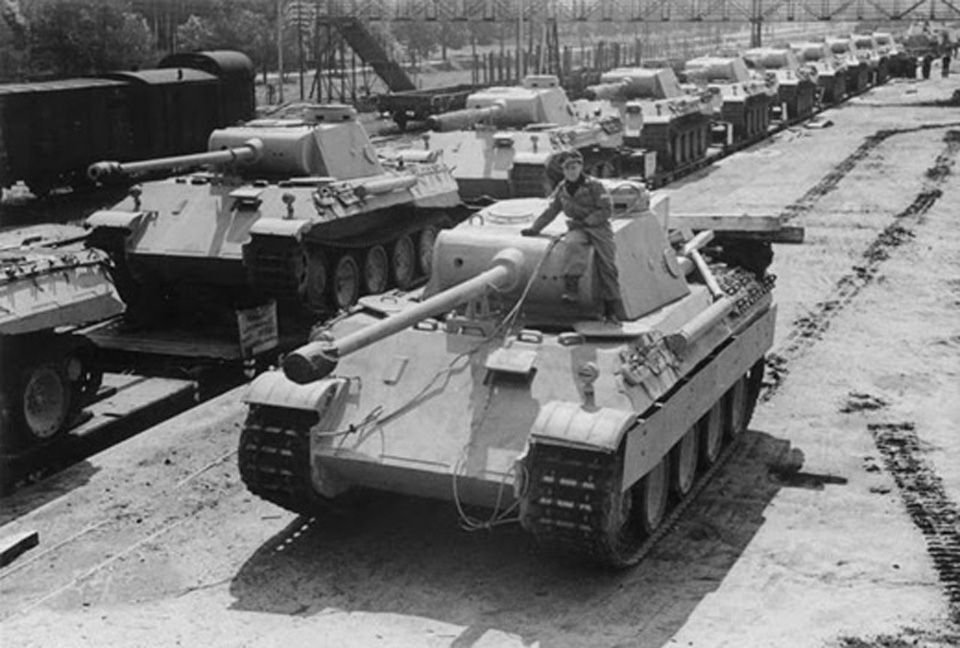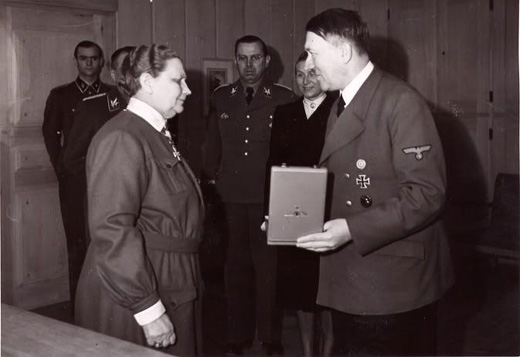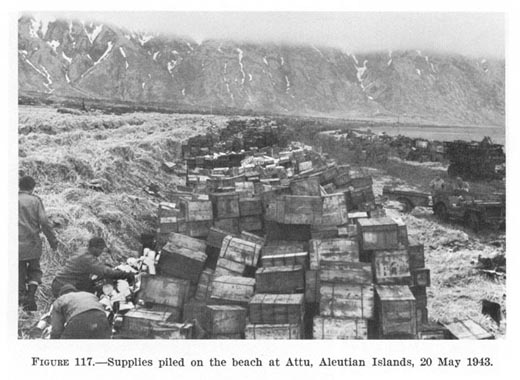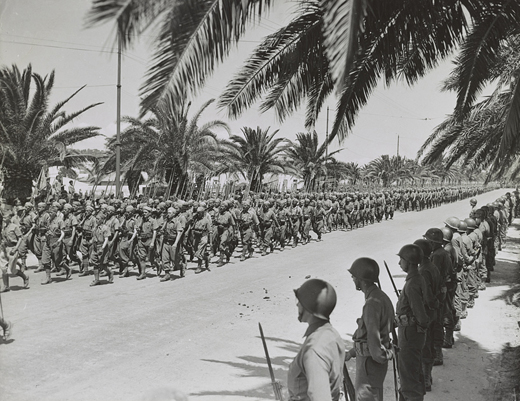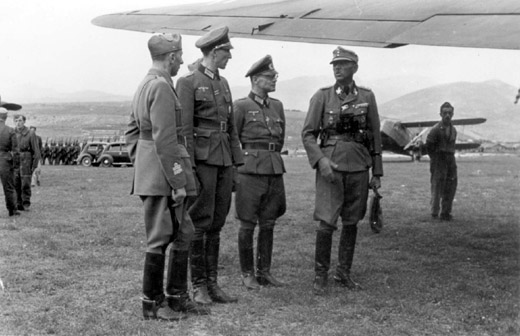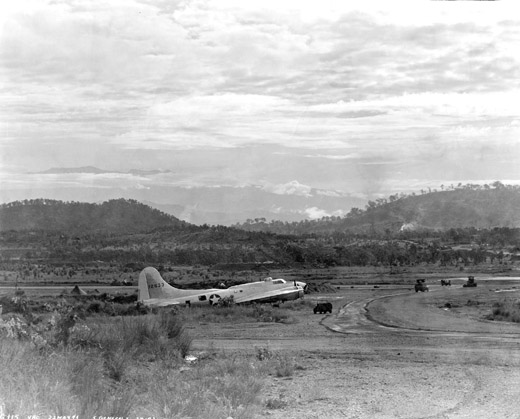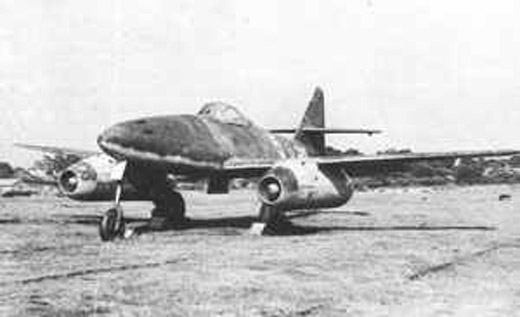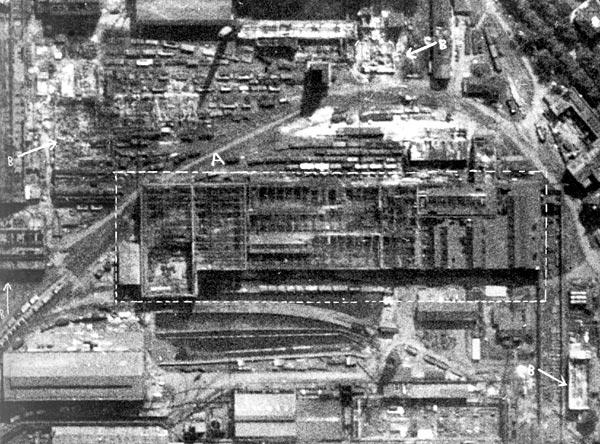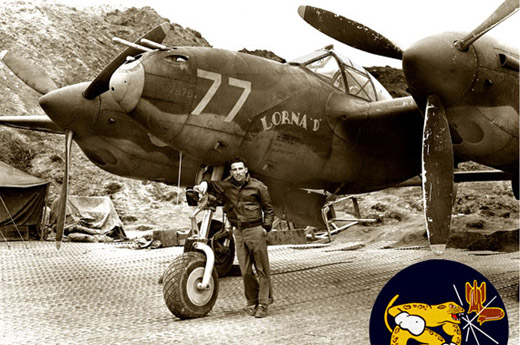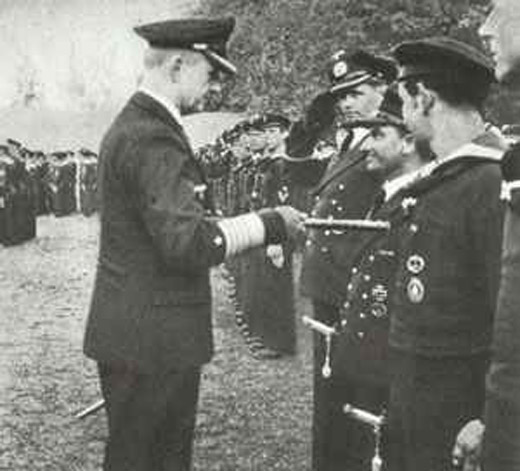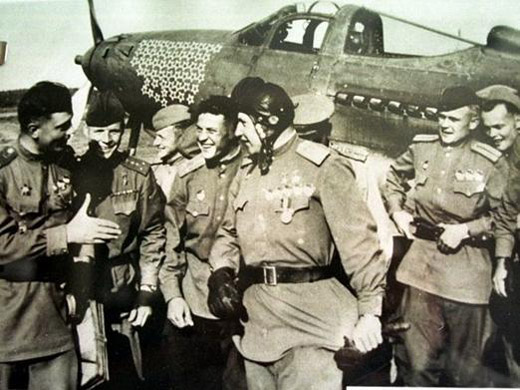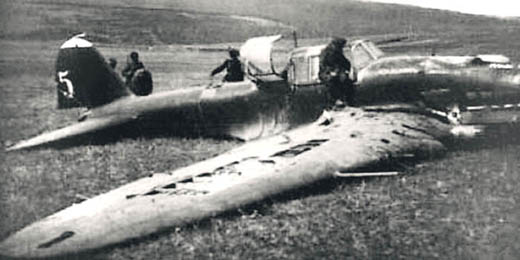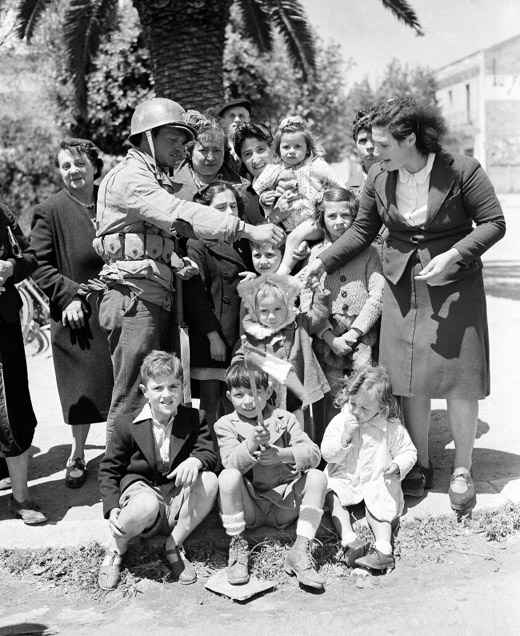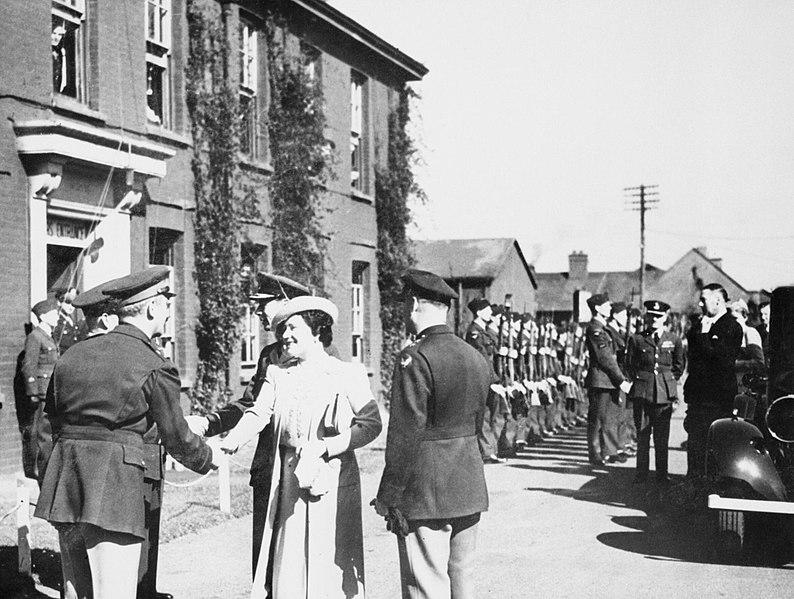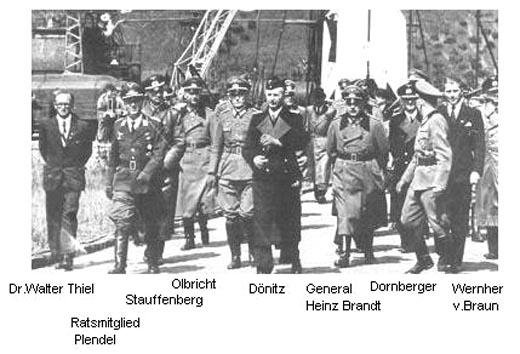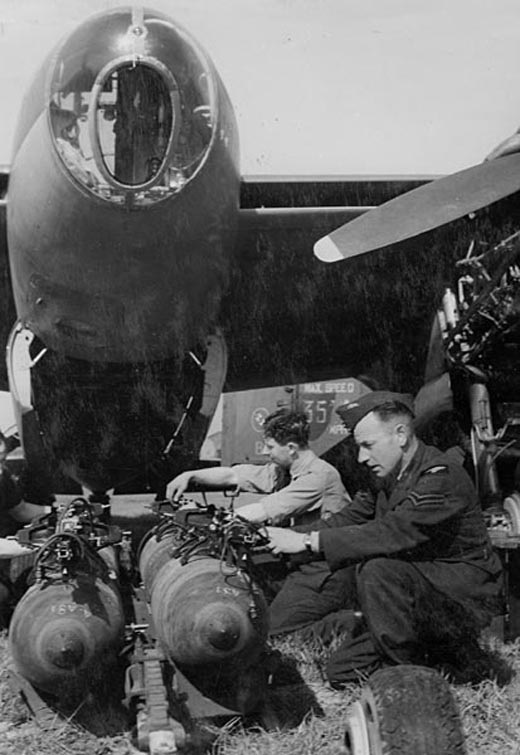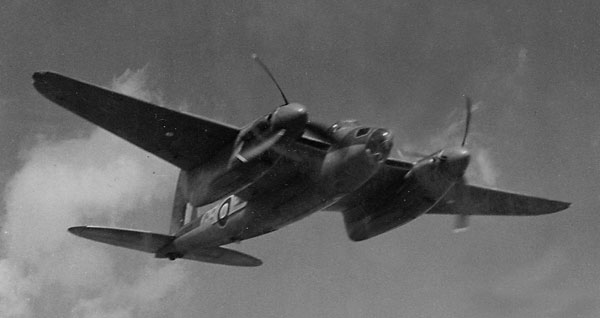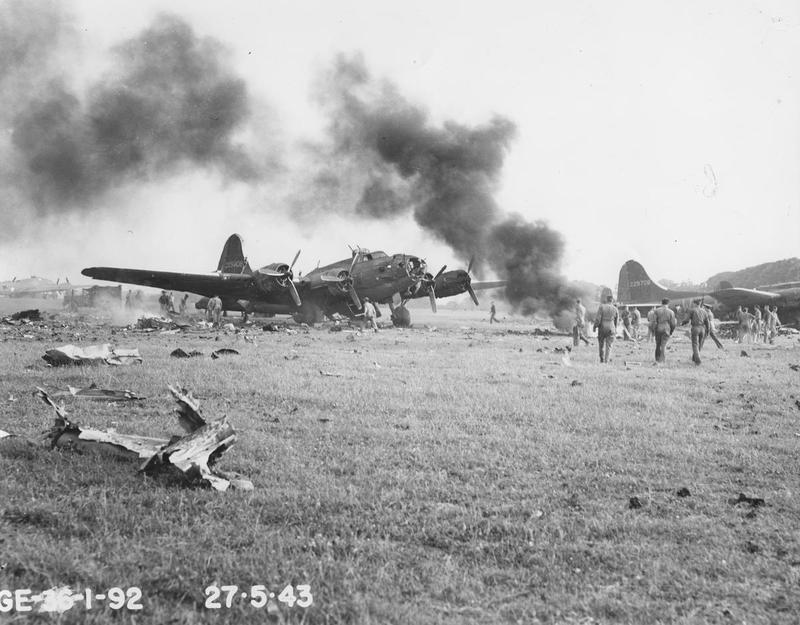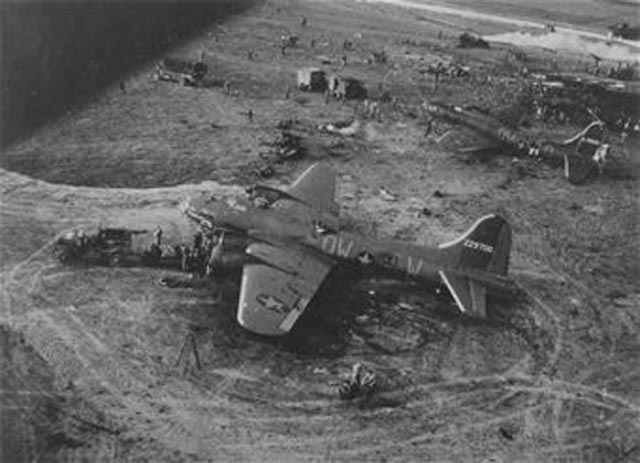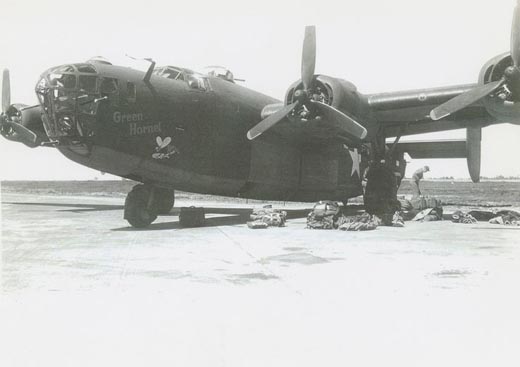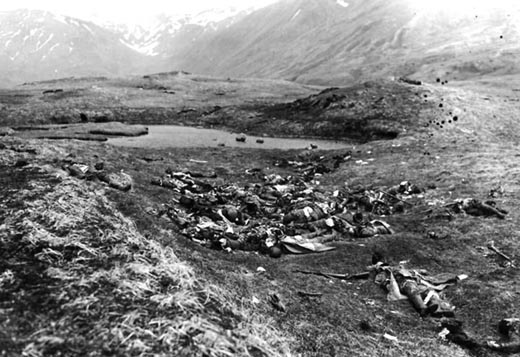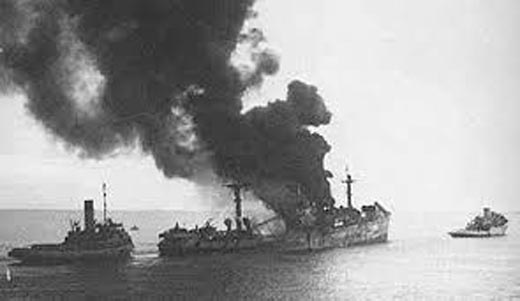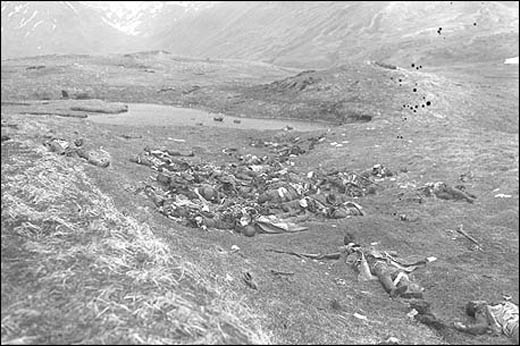Air Operations, Aleutians
16 28th Composite Bomb Group B-24s, 15 B-25s, 35 343rd Fighter Group P-38s, 38 P-40s, and 5 F-5s mount 16 separate missions against Attu and Kiska.
Air Operations, Europe
BOMBER COMMANDDaylight Ops:
- 12 Bostons are sent to attack a railway target at Caen and 6 Mosquitos are sent to bomb the Phillips factory at Eindhoven. Both raids are forced to abandon their mission because of clouds.
- 18 Wellingtons and 12 Stirlings lay mines off the Brittany and Biscay coasts.
- 1 Stirling is lost.
FRANCE:
- Poor weather prevents all but 29 of 78 VIII Bomber Command B-17s sent to attack the day's primary target, the St.-Nazaire U-boat base. Only 59 tons of bombs are released. Most of the day's losses are due to a navigational error during the withdrawal. This error carries the main bomber formation over the heavily defended Brest Peninsula, that results in the dispersion of the bomber formations that work to the advantage of the pursuing Luftwaffe fighters.
- 7 B-17s are lost to enemy fire, 22 are damaged, 2 beyond repair; 3 crewmen killed, 17 wounded, 73 missing
ITALY:
IX Bomber Command B-24s attack the harbor at Reggio di Calabria, directly opposite the Sicilian port of Messina.
[Air Operations, Mediterranean
- NASAF B-26s and P-38s on anti-shipping sweeps between Sicily and Tunisia are unable to locate any Axis shipping in their zone.
- NATAF A-20s and fighters attack Axis ships at sea in the Gulf of Tunis as well as harbor facilities at several small Tunisian ports.
- In the day's only fighter engagement, 2 33rd Fighter Group P-40s team up to down a FW-190 over the Gulf of Tunis, near Cape Carthage.
Air Operations, New Guinea
90th Heavy Bomb Group B-24s attack a ship at Manokwari and the airfield at Nabire.
[Air Operations, Tunisia
- NATAF A-20s and fighters attack Axis forces on the ground.
- IX Fighter Command P-40s strafe port facilities and Axis shipping at seal along the northeastern coast.
Britain, Home Front
Dover is shelled for 75 minutes from France.
[Eastern Front
CENTRAL SECTORAt the beginning of May the German forces are still not prepared for Operation CITADEL, Hitler continually delaying the start date as he awaits the arrival of new Panther and Tiger tanks. However, the Soviets begin counter-operations against the Germans, May being dominated by fierce air battles over the salient. The Soviets attack many German airbases in an effort to disrupt the build up of German air forces. Losses to both sides are severe, the Soviets not being strong enough to gain superiority.
The Stavka elevates the 3rd Tank Army to Guards status.
[Mediterranean
Italian and German vessels begin a minelaying operation that will last until July 20. 3,156 mines will be laid off the west coast of Greece, 1,036 off Sicily and 4,248 off Sardinia.
[North Africa
TUNISIAThe Americans manage to complete the capture of Hill 609 but are held there. The American 1st Armored Division especially is held up by enemy rearguards in the 'Mousetrap'. Most of the German army withdraws towards Mateur and establishes a new defense line there. US heavy artillery begins a 3-day bombardment of Mateur, west of Tunis.
In the US II Corps area, the Germans find the positions facing the corps untenable and begin to withdraw during the night. The 9th Division suspends its offensive on the northern flank of the corps. In the center, the Germans make vain efforts to rehain Hill 609. On the southern flank, enemy remnants are cleared from Hill 299, and the 1st Armored Division gets ready for a drive on Mateur.
In the British 1st Army area, the French XIX Corps reorganizes for the final push with 3 divisions: from left to right, Algerian, Moroccan, and Oran.
[Pacific
The US submarine Pogy (SS-266) attacks a Japanese convoy and sinks the gunboat Keishin Maru (1434t) off Iwaki, Japan.
[